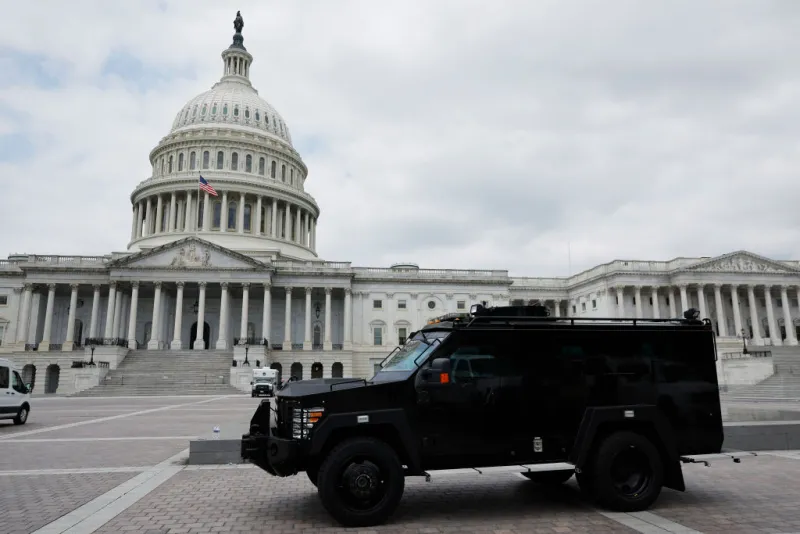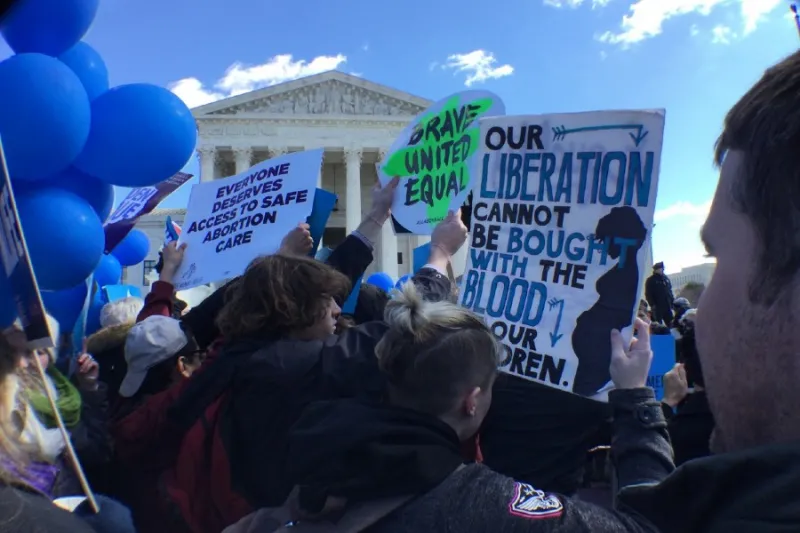
Unrest after Dobbs? Here’s what’s happening.
 An armored police vehicle is positioned on the plaza between the U.S. Capitol and the Supreme Court after the court handed down its decision in Dobbs v Jackson Women’s Health on June 24, 2022 in Washington, DC. / Chip Somodevilla/Getty Images
An armored police vehicle is positioned on the plaza between the U.S. Capitol and the Supreme Court after the court handed down its decision in Dobbs v Jackson Women’s Health on June 24, 2022 in Washington, DC. / Chip Somodevilla/Getty Images
Washington D.C., Jun 24, 2022 / 11:03 am (CNA).
Police with riot gear arrived outside the Supreme Court at around 11:30 a.m. on Friday, just hours after the court released the decision in Dobbs v. Jackson Women’s Health Organization, which returns the regulation of abortion to the states.
Although activists on both sides of the abortion topic have been raising their voices outside the court, as of midday June 24 there have been no reports of violence in response to the ruling.
On May 30, a group called Jane’s Revenge released a call to action “Night of Rage,” in which they called for people to “come out after dark” and “make your anger known” on the night of the Dobbs decision. They selected 8 p.m. for “actions nationwide to begin.”
Pro-life pregnancy centers have come under attack since early May, with the words “Jane’s revenge,” or something similar, being left at the site of the vandalism. The attacks began after the Dobbs draft decision was leaked to the press. In recent months, many churches, especially Catholic ones, have come under attack from pro-abortion individuals as well.
After the leak in May, a pro-abortion group called Ruth Sent Us began calling for its followers to disrupt Catholic Masses. Many local Churches issued guidance to parishes to prepare for possible disruptions.
A memo from the Diocese of Stockton shows that the diocese is directing its clergy, parish staff, religious, and pastoral center staff to prepare for possible disturbances to churches.
A June 24 risk advisory from the Archdiocese of Boston, sent before the Dobbs decision’s release, shows that the archdiocese is taking similar precautions.
“We would like to emphasize that there have been no direct threats received; however, we encourage all parishes and institutions to elevate their awareness and be prepared by taking the following precautions,” the advisory says.
The archdiocese is calling on parishes and institutions to ask for guidance and increased patrol outside weekend Masses from their local police departments.
The archdiocese is also advising parishes to train their staff to deal with protesters and develop an advanced plan for potential violence or vandalism. The advisory says parishes should remind all staff to call 911 for any concerns regarding violence or vandalism.
The archdiocese is also directing parishes to “Discuss your communication plan with ushers and greeters in the event they need to notify the pastor or police of an emergency situation.”
Other guidance from the archdiocese tells parishes to “assess your location” and identify doors that don’t lock or are unlocked at certain hours. Parishes are called to consider video security cameras on the exterior of churches where there is possible vandalism risk. The archdiocese is also asking parishes to create protocols, “where possible,” for screening visitors.
This is a developing story.




